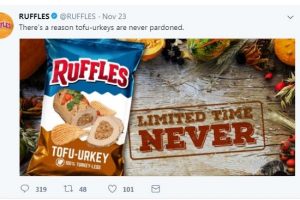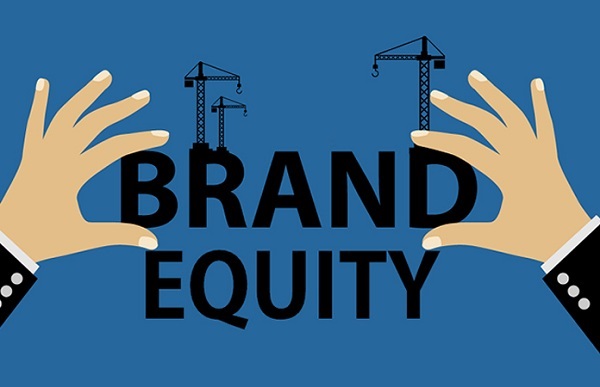
By: Caroline Berryman, CMMP—Editor-in-Chief
Last year, marketers around the globe created a lot of content that was shared on Instagram and YouTube, strategically targeting billions of consumers who were exposed to brands through ads and marketing campaigns.
How successful were these brands in their social media marketing? Some were very successful including for example Canada Goose. Their social media network is as popular as their apparel; filled with beautiful imagery and great storytelling, while incorporating candid shots of influencers spotted wearing Canada Goose. Tim Hortons achieved a high engagement rate from its mix of user-generated content, customer contests and promotion of seasonal food and beverages. TD Canada Trust, ranked third, leveraging its Twitter channel to humanize the financial brand and connect with consumers by responding directly to comments and questions on the channel and signing off with the initials of the administrator. This practice not only showed dedication to its customer service, but also enabled followers to see that there are actual people behind the brand.
But what happens when companies fail in their social media marketing strategies?
Ruffles potato chips tried to be funny at the expense of vegans and vegetarians who do not eat turkey during Thanksgiving. This post to Instagram:

started the #BoycottRuffles campaign in response to this perceived insult from Vegans and Vegetarians.
Many brands claim they have acquired a significant number of new users, but few have captured and retained customer attention. For this reason, marketers must shift their perspective to see an individual person – rather than aggregated data points – to enable engagement on a one-to-one level.
It’s important to get it right. Even if YouTube and Instagram ads are engaging, their retention rate is often low. Consumers can become disappointed with the brand’s name, mission, branding or even its packaging. The consumer brands that have figured this out are now investing billions of dollars into their brand’s image. Recently, Warner Brothers announced that it will be simplifying its logo, transforming it from the iconic, gold image to a blue logo.

Unfortunately, many brands often have very low budgets to build their identities. Regardless of their products, consumer brands should invest more in their branding prior to an official launch or before any major marketing campaigns.
Although it is not the most affordable, building experience is the best strategy to capture consumer attention. Pop-up stores, proactive brand images, and influencers can create a strong and long-lasting impression. The more these techniques “influence” consumers, the stronger the customer loyalty.
Today’s consumers change their tastes at a rapid pace. Marketing expertise is important if you want to survive in today’s market. Buying ads on Facebook or Google is simply not enough.

